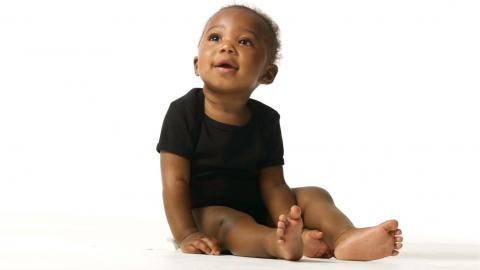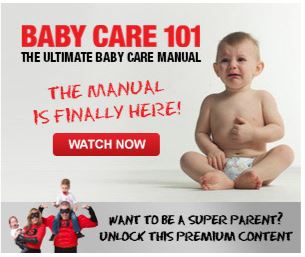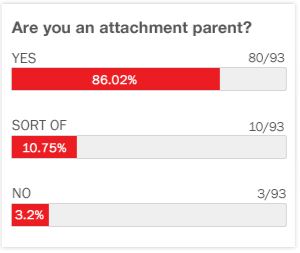
When a baby begins teething it can be a very distressing time for you and your baby. If you are a first-time parent, you may be at a bit of a loss as to what to do and feel really helpless while your baby experiences the pain and discomfort. However, there are a few signs that you can look out for when your baby does start teething for the first time and there are also a few things you can do to help alleviate their pain.
Jessica Jones explains there are some typical signs to help you know when your baby is teething. Common symptoms of teething include your baby displaying red swollen gums and flushed cheeks. Additionally, you might also notice that your baby begins to rub its ear on the same side as where the tooth is coming through. A baby typically drools more during the teething period and their sleep will become more restless.
It can be pretty heartbreaking to see your child endure such pain especially when he is so helpless. However, Natalie Fischer explains a few teething tips to help reduce the pain for your baby. To ease the burning and stinging sensation in a baby’s mouth, you can try giving them a cool teething toy to bite down on. There are plenty of soft plastic teething rings that you can simply put in the fridge for a bit and give to your child; however, it is necessary to sterilize them before each use. Another temporary pain relief for teething problems is to gently rub a clean finger or a cool metal teaspoon over their sore gums as this will help numb their pain. Also, placing a cold compress on your baby’s cheeks will reduce the swelling. Pacifiers also work in the short term as it will soothe them naturally and distract their minds from the soreness.
When your baby is a little bit older (over six months of age), you can also try giving them rusks or breadsticks to chew on. In addition to this, you could also try giving them some frozen fruit such as bananas or apples, which will ease the stinging sensation. If you do give your baby some kind of food to chew on to relieve teething pain, keep a careful eye on them to make sure they are swallowing properly and do not choke.
Many parents also use teething gels in addition to the abovementioned teething treatments. Such gels usually contain an antiseptic and a little bit of local anesthetic, which will work to ease discomfort and at the same time prevent any kind of infection. Using a clean finger, rub a very small amount on their swollen gums. The numbing effects of teething gels typically last for about 20 minutes. This is a useful method especially during the night. However, you must be careful not to use too much. Doctors suggest that gels should not be used more than five times a day because the baby could start becoming resistant.
So while it can be hard to see your baby in so much pain there are some ways to help your baby feel more comfortable. It is just important to look out for the signs and understand which method works best for your child.











My baby just started teething and I have found that letting chew on a cold teething toy really helps them with the pain.
Putting something cold on their cheeks for a little bit definitely helps to reduce the swelling as well!
Our baby sould start teething soon so I'll definitely make sure try these things out.